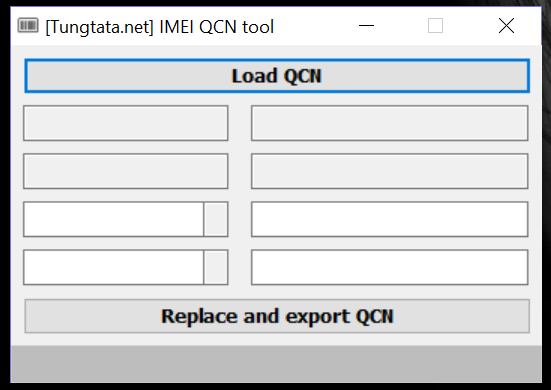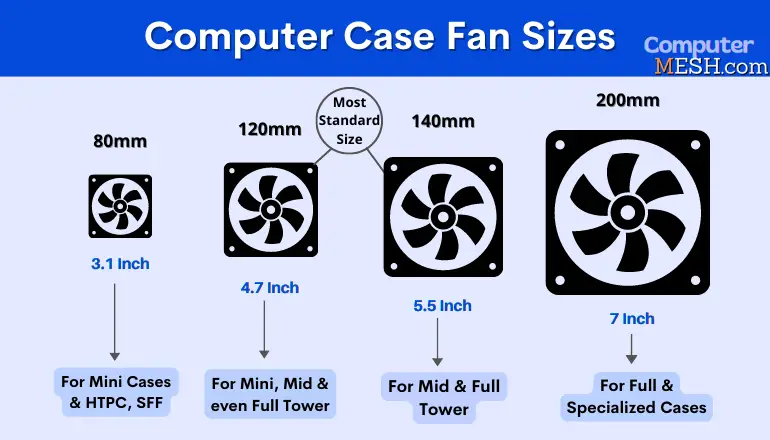How to Convert IMEI to Hex: 3 Steps

Every mobile device has a unique identifier known as the International Mobile Station Equipment Identity (IMEI). This number is crucial for various purposes, including tracking lost or stolen devices, identifying devices on a network, and even for legal and forensic investigations. In some cases, it may be necessary to convert an IMEI number into its hexadecimal representation. Hexadecimal, or hex for short, is a base-16 numeral system often used in computing and digital communications.
The IMEI is a 14- or 15-digit number, typically found printed on a sticker underneath the battery of a mobile phone or in the device settings. It is also transmitted by the device when it connects to a cellular network. Converting an IMEI to hex is a straightforward process, and in this guide, we will walk you through the steps to do so.
Step 1: Understanding the IMEI Structure

Before we begin the conversion process, it's essential to understand the structure of an IMEI number. An IMEI consists of several segments, each serving a specific purpose:
- Type Approval Code (TAC): This is the first 8 digits of the IMEI. It identifies the model and manufacturer of the device.
- Final Assembly Code (FAC): The next 6 digits represent the final assembly code, which indicates the device's unique serial number.
- Spare Digit: In a 14-digit IMEI, the final digit is a spare digit, often left as a zero. In a 15-digit IMEI, this digit is used as a checksum for error detection.
By understanding the IMEI structure, we can identify the segments that need to be converted to hex and those that should remain as decimal digits.
Step 2: Converting to Hexadecimal

Now, let's delve into the process of converting the IMEI to hexadecimal. Here's a step-by-step guide:
- Separate the IMEI Segments: Begin by identifying the TAC and FAC segments of the IMEI. Remember, the TAC is the first 8 digits, and the FAC is the next 6 digits.
- Convert TAC to Hex: Each digit of the TAC can be converted to its equivalent hexadecimal representation. For example, the decimal digit 0 becomes the hex digit 0, 1 becomes 1, and so on, up to 9. For the digits A to F, use the following mapping: A becomes 10, B becomes 11, C becomes 12, D becomes 13, E becomes 14, and F becomes 15.
- Convert FAC to Hex: Similar to the TAC, convert each digit of the FAC to its hexadecimal equivalent. Remember, the digits 0 to 9 remain the same, and A to F represent the values 10 to 15, respectively.
- Combine the Hex Segments: Once you have converted both the TAC and FAC to hexadecimal, simply concatenate the two segments to form the complete hex representation of the IMEI.
Let's illustrate this with an example. Suppose we have an IMEI: 123456789012345. The TAC is 12345678, and the FAC is 901234. Converting these segments to hex, we get:
| Decimal | Hex |
|---|---|
| TAC: 12345678 | 12345678 |
| FAC: 901234 | 901234 |

Now, combine the hex segments: 12345678901234. This is the hexadecimal representation of our IMEI.
💡 Note: When converting, ensure that you pay attention to the correct mapping of digits, especially for the letters A to F. A common mistake is to simply convert each digit independently, which can lead to incorrect results.
Step 3: Verifying the Conversion
To ensure the accuracy of your conversion, it's essential to verify the resulting hexadecimal IMEI. Here are a few methods you can use:
- Checksum Calculation: If you have a 15-digit IMEI, calculate the checksum digit. This can be done by performing a weighted sum calculation on the digits of the IMEI and then taking the remainder when divided by 10. The result should match the final digit of your hex IMEI.
- Online IMEI Tools: There are online tools available that can convert IMEI numbers to hexadecimal and perform various other IMEI-related calculations. These tools can be useful for verification and can provide additional information about the device.
- Network Operator Checks: Network operators often have systems in place to validate IMEI numbers. You can contact your network provider and provide them with the hex IMEI to verify its accuracy.
Applications and Considerations
Converting IMEI numbers to hexadecimal has various applications, including:
- Network Security: Hexadecimal IMEIs are often used in network security systems to identify and manage devices on a network. This can help prevent unauthorized access and ensure proper device management.
- Forensics and Law Enforcement: In forensic investigations and law enforcement, hex IMEIs can be used to track and identify devices associated with criminal activities. The conversion process can aid in the analysis and presentation of evidence.
- Device Tracking: Hexadecimal IMEIs can be stored and referenced in databases for device tracking purposes. This is particularly useful for tracking lost or stolen devices, as well as for insurance claims.
When working with IMEI numbers, it's important to handle them securely and protect user privacy. Always ensure that you have the necessary permissions and adhere to legal and ethical guidelines when dealing with sensitive device information.
Conclusion

Converting an IMEI to hexadecimal is a simple yet powerful technique with various practical applications. By following the steps outlined in this guide, you can easily convert IMEI numbers and utilize them in network management, security, and investigative contexts. Remember to always verify the accuracy of your conversions and handle device information responsibly.
FAQ
What is the purpose of converting IMEI to hex?
+Converting IMEI to hex is often done for network security, device tracking, and forensic purposes. Hexadecimal representation is commonly used in computing and digital communications, making it easier to integrate IMEI data into various systems.
Are there any security risks associated with sharing IMEI numbers?
+Yes, IMEI numbers should be handled securely to protect user privacy. While sharing IMEI numbers may be necessary for certain services or investigations, it’s crucial to ensure that the information is protected and used only for authorized purposes.
Can I convert a 14-digit IMEI to hex in the same way as a 15-digit IMEI?
+Yes, the conversion process is the same for both 14-digit and 15-digit IMEIs. The only difference is that a 14-digit IMEI has a spare digit, typically left as a zero, which does not require conversion.


